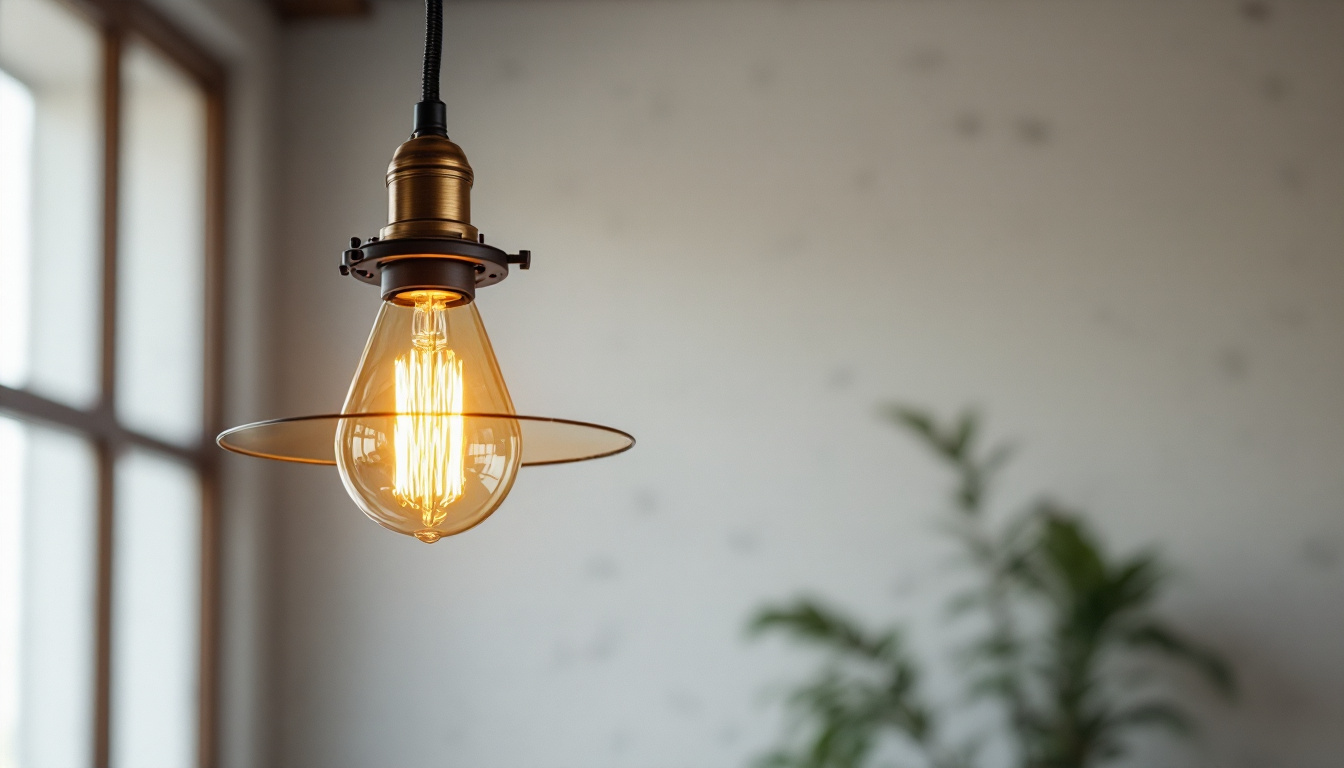
In the world of horticulture, the role of lighting cannot be overstated. Greenhouses provide a controlled environment for plants, but without the right lighting, achieving optimal growth can be a challenge. The importance of greenhouse lighting lies in its ability to mimic natural sunlight, which is essential for photosynthesis and overall plant health.
Proper lighting not only promotes healthy growth but also enhances the quality and yield of crops. For lighting contractors, understanding the nuances of greenhouse lighting is crucial for designing effective systems that meet the specific needs of various plants and growing conditions. Moreover, the right lighting can also extend the growing season, allowing growers to cultivate crops year-round, which is particularly beneficial in regions with harsh winters or limited sunlight during certain months.
Additionally, advancements in technology have led to the development of smart lighting systems that can be programmed to adjust according to the time of day or specific growth stages. These systems can optimize energy usage while ensuring that plants receive the precise amount of light they require, thereby promoting sustainable practices in horticulture.
Photosynthesis is the process by which plants convert light energy into chemical energy, enabling them to grow and thrive. The light spectrum plays a vital role in this process. Plants primarily use blue and red wavelengths for photosynthesis, making it essential to select lighting that emits these colors effectively.
Blue light promotes vegetative growth, encouraging strong stems and lush foliage, while red light is crucial during the flowering and fruiting stages. Understanding these requirements helps lighting contractors tailor their solutions to meet the specific needs of different plant species. Furthermore, recent studies have shown that incorporating far-red light can also influence plant morphology and flowering time, providing an additional layer of complexity to greenhouse lighting strategies. This highlights the importance of not only focusing on the primary wavelengths but also considering the full spectrum of light that can benefit plant development.
There are several types of lighting options available for greenhouses, each with its unique advantages and disadvantages. The most common types include fluorescent lights, high-intensity discharge (HID) lights, and light-emitting diodes (LEDs).
Fluorescent lights are energy-efficient and cost-effective, making them a popular choice for smaller greenhouses. HID lights, including metal halide and high-pressure sodium lamps, provide intense light and are ideal for larger operations. LEDs, on the other hand, are becoming increasingly popular due to their energy efficiency, long lifespan, and ability to emit specific light wavelengths, making them highly customizable for various plant needs. In addition to these options, some growers are exploring the use of supplemental lighting systems that combine different types of lights to create a more balanced spectrum, further enhancing plant growth and productivity. This hybrid approach allows for greater flexibility in managing light intensity and quality, ensuring that plants receive the optimal conditions for their development throughout the entire growing cycle.
Selecting the right greenhouse lighting involves several considerations that can significantly impact plant growth and energy efficiency. Lighting contractors must evaluate factors such as the type of plants being grown, the size of the greenhouse, and the local climate.
Different plants have varying light requirements based on their growth stages and species. For instance, leafy greens may thrive under lower light intensities, while fruiting plants often require more intense light. Understanding these requirements is crucial for selecting the appropriate lighting system.
Additionally, some plants may benefit from specific light spectra. For example, using a combination of blue and red lights can optimize growth during different stages. Lighting contractors should consult with horticultural experts to ensure that the chosen lighting system aligns with the needs of the plants being cultivated. Furthermore, the timing and duration of light exposure can also play a vital role in plant health; many plants require a specific photoperiod to flower or produce fruit. This means that understanding the natural light cycles in the region can help in programming the artificial lighting to mimic these conditions, thereby enhancing plant performance.
The size and layout of a greenhouse significantly influence the lighting design. Larger greenhouses may require multiple light sources to ensure even distribution of light across all plants. The arrangement of plants within the greenhouse also affects how light penetrates and reaches the foliage.
For optimal results, lighting contractors should consider installing adjustable lighting systems that can be repositioned based on plant growth and seasonal changes. This flexibility allows for better light coverage and can help maximize energy efficiency. Additionally, the orientation of the greenhouse can affect light exposure; for example, a greenhouse oriented towards the south may receive more sunlight throughout the day compared to one facing north. Incorporating reflective materials in the design can also enhance light distribution, ensuring that even the plants at the farthest corners receive adequate illumination.
Energy costs can significantly impact the overall operational expenses of a greenhouse. Therefore, selecting energy-efficient lighting options is essential for long-term sustainability. LED lights, for instance, consume less energy compared to traditional lighting solutions, resulting in lower electricity bills.
Moreover, many energy-efficient lighting systems have a longer lifespan, reducing the frequency of replacements and maintenance costs. Contractors should conduct a cost-benefit analysis when recommending lighting solutions to clients, ensuring that the chosen system aligns with both budget constraints and energy efficiency goals. Additionally, exploring government incentives or rebates for energy-efficient upgrades can further alleviate upfront costs. As technology advances, newer options such as smart lighting systems that can adjust automatically based on real-time data about plant needs and environmental conditions are becoming available, offering an exciting avenue for maximizing both plant health and operational savings.
Once the appropriate lighting system has been selected, the next step involves installation and ongoing maintenance. Proper installation ensures that the lighting system operates effectively and safely, while regular maintenance helps prolong the lifespan of the lights.
When installing greenhouse lights, it is crucial to follow best practices to ensure optimal performance. This includes determining the correct height for light fixtures to maximize coverage while minimizing shadowing. Additionally, proper wiring and electrical safety measures should be adhered to, ensuring compliance with local codes and regulations.
Lighting contractors should also consider integrating timers and sensors into the system. Timers can automate lighting schedules, while sensors can adjust light intensity based on ambient conditions, further enhancing energy efficiency and plant health. Moreover, it is beneficial to conduct a thorough assessment of the greenhouse layout before installation. This assessment can help identify areas that require more light due to plant density or specific growth stages, allowing for a more tailored lighting approach that meets the unique needs of different crops.
Regular maintenance is essential for keeping greenhouse lighting systems in optimal condition. This includes cleaning light fixtures to remove dust and debris, which can impede light output. Additionally, contractors should regularly inspect wiring and connections for any signs of wear or damage.
Replacing burnt-out bulbs promptly is also crucial to maintain consistent light levels. Scheduling routine maintenance checks can help identify potential issues before they become significant problems, ensuring that the lighting system continues to support healthy plant growth. Furthermore, it is advisable to keep a log of maintenance activities, including bulb replacements and inspections, to track the performance of the lighting system over time. This documentation can provide valuable insights into the longevity of different components and help inform future upgrades or replacements, ultimately leading to a more efficient and effective greenhouse operation.
The field of greenhouse lighting is continually evolving, with new technologies emerging to enhance efficiency and effectiveness. Staying informed about these innovations can provide lighting contractors with a competitive edge in the market.
Smart lighting systems utilize advanced technology to optimize light usage based on real-time data. These systems can be integrated with environmental sensors that monitor temperature, humidity, and light levels, allowing for automated adjustments to the lighting based on the specific needs of the plants.
By leveraging smart technology, greenhouse operators can achieve significant energy savings while ensuring that plants receive the optimal light conditions for growth. Lighting contractors should explore these options to offer clients cutting-edge solutions that enhance productivity and sustainability.
Full-spectrum LED lights have gained popularity due to their ability to provide a balanced light spectrum that closely resembles natural sunlight. This versatility makes them suitable for various plant types and growth stages.
Additionally, full-spectrum LEDs can be customized to emit specific wavelengths that cater to the unique needs of different plants. This level of customization allows for more targeted growth strategies, ultimately leading to healthier plants and higher yields.
As the demand for sustainable agriculture continues to grow, the importance of efficient and effective greenhouse lighting will only increase. Lighting contractors play a pivotal role in ensuring that growers have access to the best lighting solutions tailored to their specific needs.
By understanding the intricacies of plant lighting requirements, staying informed about technological advancements, and prioritizing energy efficiency, contractors can help their clients achieve optimal results in their greenhouse operations. The future of greenhouse lighting is bright, and with the right knowledge and tools, lighting contractors can illuminate the path to successful horticulture.
Ready to elevate your greenhouse lighting solutions? At LumenWholesale, we provide lighting contractors with the highest quality, spec-grade lighting products at unbeatable wholesale prices. Our extensive selection is designed to meet the most rigorous industry standards, ensuring that your greenhouse operations are equipped with reliable and high-performance lighting. With free shipping on bulk orders, you can secure premium lighting solutions at the best value — all without hidden fees or compromises. Don’t let middleman markups dim your project’s potential. Choose LumenWholesale for the perfect blend of quality, affordability, and convenience. Explore our wholesale lighting options now and brighten the future of horticulture.

Discover essential insights into light bulbs and what lighting contractors need to know.

Discover the transformative power of home office lighting fixtures and their crucial role in creating an efficient workspace.

Illuminate your next project with confidence using our comprehensive lighting contractor checklist.

Discover how industrial style pendant light fixtures are revolutionizing the lighting industry.